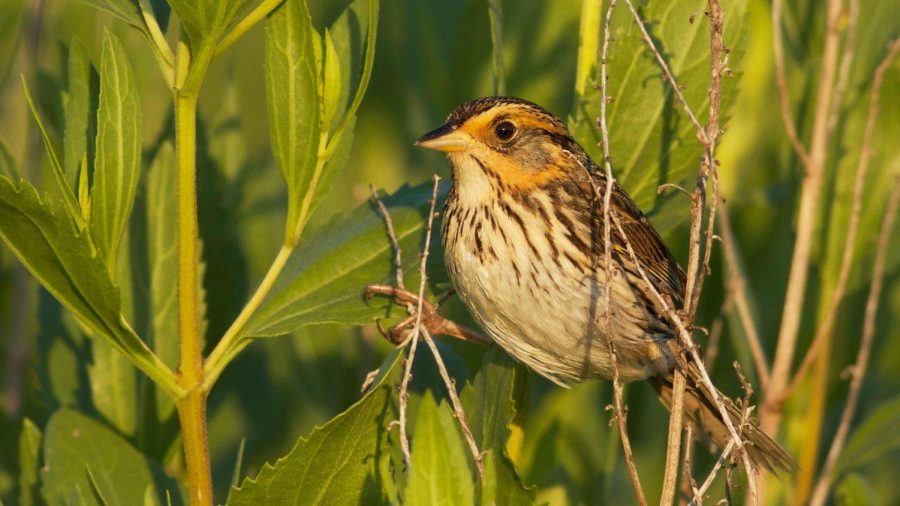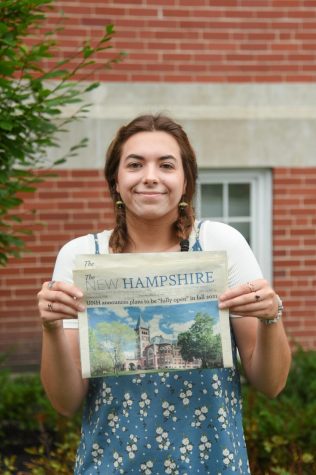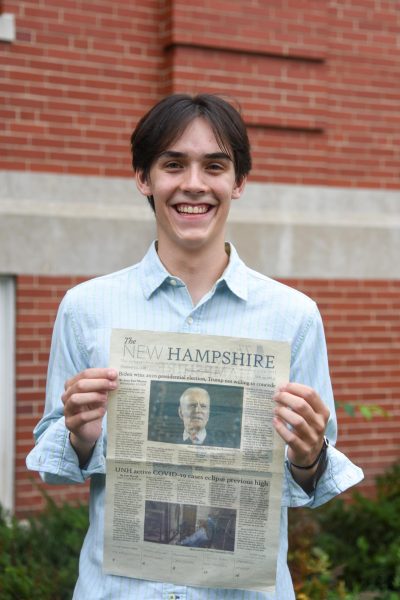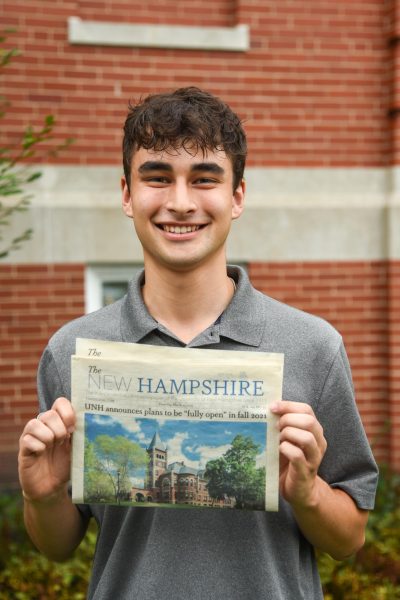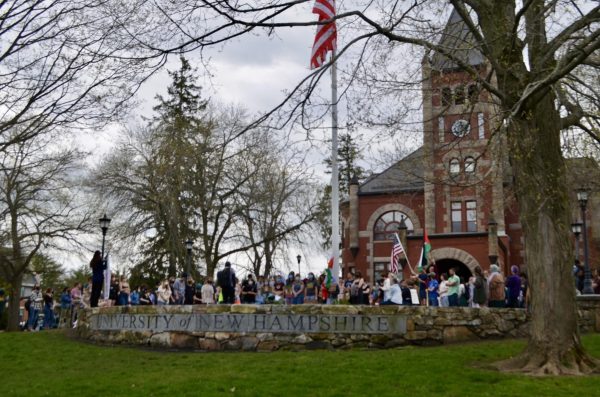Summer in the Saltmarsh: A Look into Brooke Healy’s Undergraduate Research
October 6, 2022
Every summer, hundreds of biology students engage in research projects to fill a knowledge gap; from microplastics’ impact on freshwater systems to permafrost thaw’s influence on soil microbial communities, UNH professors and students are eager to use science to positively impact the environment.
Nationally ranked No. 2 in ecology research by the journal “Ecology”, environmental research at the University of New Hampshire (UNH) aims to better understand natural systems and how humans are changing them.
After participating in a high school agricultural program and taking natural resource classes early in her education, fourth year student Brooke Healy decided to study Wildlife and Conservation Biology. Traveling from Yellowstone to the White Mountains to Yosemite, Healy found a passion for the outdoors. Her desire to learn about the environment eventually brought her not to a classroom, but instead, a saltmarsh.
Healy connected with her advisor–Dr. Adrienne Kovach, associate professor of Natural Resources and the Environment at UNH –and became familiar with Kovach’s research and lab, which focuses on northeastern population ecology and the conservation of invertebrates. She set out in the field this past summer to study saltmarsh sparrows–a small, brown bird with a spiky tail.
“After taking a field ornithology class at Shoals Marine Lab, I realized that I would love to work with birds,” Healy said. “Dr. Kovach had an opening in her lab and offered me to have my own research project, and I knew it was a fantastic opportunity that I could not say no to.”
Healy spent the summer working as a Saltmarsh Habitat and Avian Research Program (SHARP) field technician with graduate student Grace McCulloch, who is pursuing her master’s degree in Wildlife and Conservation Biology in Dr. Kovach’s lab. Their research focuses on the saltmarsh sparrows’ nest elevation and vegetation choice.
This bird species is a saltmarsh specialist, meaning they depend on the tidal marsh environment to reproduce and survive. However, habitat degradation and human activity makes these environments now rare to find, emphasizing the importance of studying the specific environmental conditions the birds choose for their nesting.
“We worked Monday through Friday, from about 4:30 a.m. until around 1:30 p.m.,” Healy said.
“We completed point counts, vegetation surveys and rapid demographic surveys that included banding and taking measurements of the sparrows. The salt marshes are hot and difficult to walk in, especially in waders, but working with Grace and seeing beautiful sunrises and awesome birds every day made the experience worth it.”
The researchers will continue to collect data until November. Healy is excited to share her findings at the 2023 Undergraduate Research Conference.
“Even if the work is hard, it’s incredibly rewarding to have the opportunity to help amazing animals like these birds,” said Healy. “Watching them, learning their behavior, recognizing individual birds at sites was so rewarding. I am incredibly thankful for this experience.”




















